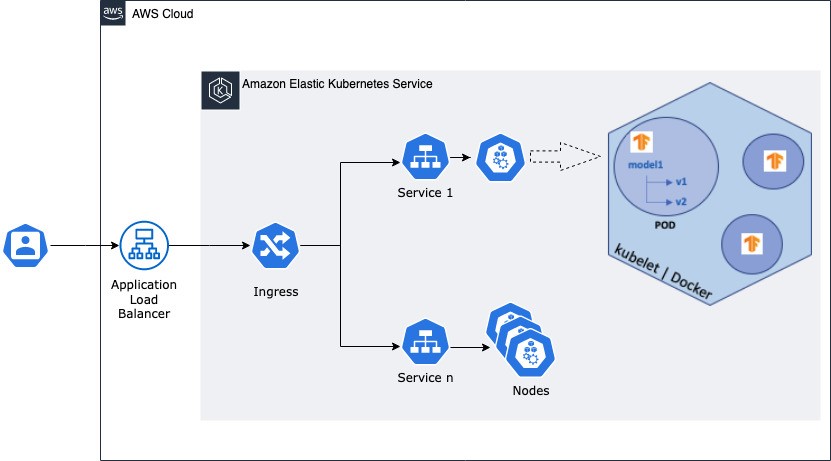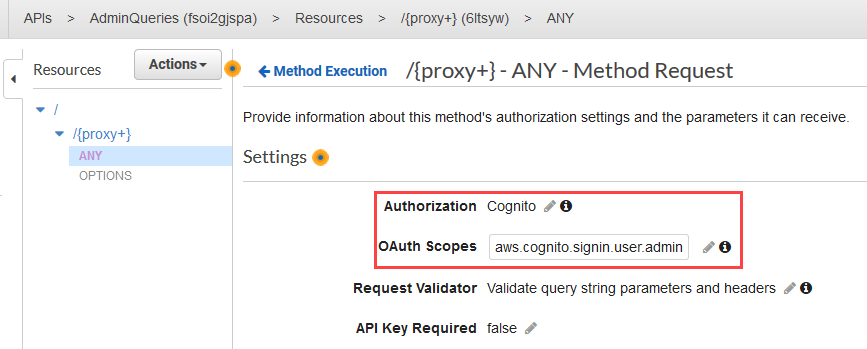AWS Compute Blog
Category: *Post Types
TensorFlow Serving on Kubernetes with Amazon EC2 Spot Instances
This post is contributed by Kinnar Sen – Sr. Specialist Solutions Architect, EC2 Spot TensorFlow (TF) is a popular choice for machine learning research and application development. It’s a machine learning (ML) platform, which is used to build (train) and deploy (serve) machine learning models. TF Serving is a part of TF framework and is […]
Deploying your first 5G enabled application with AWS Wavelength
This post was written by Mike Coleman, Senior Developer Advocate, Twitter handle: @mikegcoleman Today, AWS released AWS Wavelength. Wavelength allows you to deploy applications and services at the edge of a mobile carrier’s 5G network. By combining the benefits of 5G, such as high bandwidth and low latency, with the ability to use AWS tools […]
Understanding database options for your serverless web applications
Web developers commonly use relational databases in building their applications. When migrating to serverless architectures, a web developer can continue to use databases like RDS, or take advantage of other options available.
Building well-architected serverless applications: Controlling serverless API access – part 3
This series of blog posts uses the AWS Well-Architected Tool with the Serverless Lens to help customers build and operate applications using best practices. In each post, I address the nine serverless-specific questions identified by the Serverless Lens along with the recommended best practices. See the Introduction post for a table of contents and explanation of the example application. Security question […]
Building well-architected serverless applications: Controlling serverless API access – part 2
This series of blog posts uses the AWS Well-Architected Tool with the Serverless Lens to help customers build and operate applications using best practices. In each post, I address the nine serverless-specific questions identified by the Serverless Lens along with the recommended best practices. See the Introduction post for a table of contents and explanation of the example application. Security question […]
Building a serverless tokenization solution to mask sensitive data
This post shows how to use AWS Serverless services to design a secure, reliable, and cost-optimized tokenization solution. It can be integrated with applications to protect sensitive information and manage access using strict controls with less operational overhead.
Building well-architected serverless applications: Controlling serverless API access – part 1
This series of blog posts uses the AWS Well-Architected Tool with the Serverless Lens to help customers build and operate applications using best practices. In each post, I address the nine serverless-specific questions identified by the Serverless Lens along with the recommended best practices. See the Introduction post for a table of contents and explanation of the example application. Security question […]
Building a Graylog server to run on an Amazon Lightsail instance
This post is part of a collection by the Amazon Lightsail team to highlight how builders are using Lightsail to get started on AWS building interesting solutions. If you’re interested in contributing a post on how you’re using Lightsail reach out to us at lightsail-blog-authors@amazon.com! This post is guest contributed by Amazon Lightsail customer, Richard […]
Replacing web server functionality with serverless services
I show how traditional web-server applications compare with their serverless counterparts. I show how the infrastructure is managed for you in serverless, and how code for serverless developers in primarily focused on business logic.
Improving website performance with Lightsail Content Delivery Network
This post was written by Mike Coleman, Senior Developer Advocate Amazon Lightsail recently announced the release of Lightsail Content Delivery Network (CDN). With this launch customers can now distribute their content more securely to users across the globe. Content is served from the edge location closest to the end user which improves performance while reducing […]









